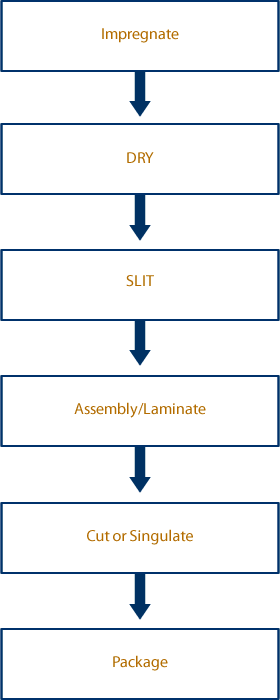 2852 Alton Pkwy, Irvine, CA 92606
2852 Alton Pkwy, Irvine, CA 92606
INTRODUCTION

Dry Chemistry (also known as Dip Stick) refers to a diagnostic format where a test pad is bonded to a support structure such as a plastic strip for ease of handling the test pad for exposure to the test sample and read out. The test pad is impregnated with an analyte which when exposed to a test sample will change color or some other physical property which can easily be seen or measured with a reader. One of the most well known applications of Dry Chemistry technology is that of urine testing.
Dry Chemistry tests take on other formats such as simple pads with impregnated chemistry such as for spore testing or multi layered devices. Lateral flow would be an example of a multi layered device where several overlapping impregnated layers are used. Typical applications for Dry Chemistry are for medical, agriculture, veterinary, and water testing. Water testing can include: waste water, boiler/cooling water, pool/spa water and drinking water. Typical measurements would be related to chlorine, bromine, pH, hardness, etc. associated with the use and treatment of water.
The challenge in the Dry Chemistry marketing is that there are many different
formats used for a wide range of applications. The process most likely will include:
- Dispensing
- Lamination
- Slitting
- Re-Lamination
- Cutting to individual strips
- Placing the strips into Bottles
By combining the BioJet technology either using independent XYZ systems or a Reel to Reel, Autolaminators, and Cutting/Slitting Systems, BioDot can automate the Dry Chemistry Process.



